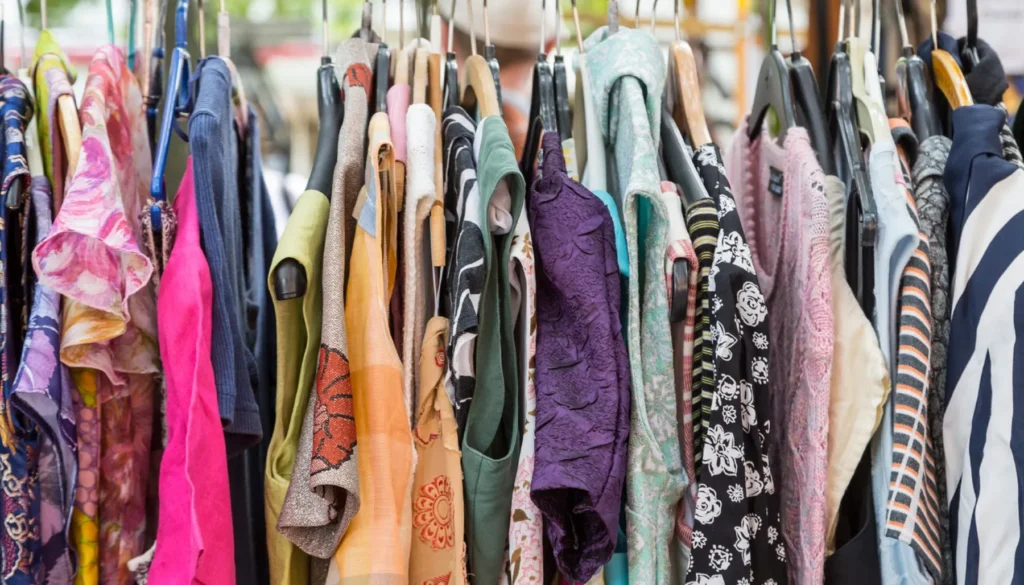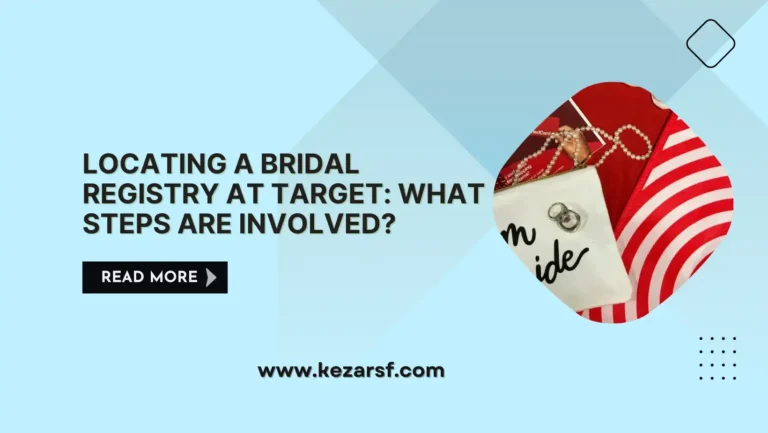Where Can I Sell My Clothes for Cash?
Where can I sell my clothes for cash? This is one question a lot of people ask, but no further! This piece will give you a highlight of the finest alternatives and strategies for selling your clothing.

If your wardrobe is overflowing with outdated clothing, it’s worthwhile to sell such items online to earn some additional cash.
There are several opportunities to recover part of your investment by selling garments online or at a consignment shop.
Read on to learn about online consignment companies, smartphone applications, and physical secondhand shops where you can sell worn clothing for cash if you’ve been wondering how to do it.
Online Marketplaces to Sell Your Clothes
Online markets have completely changed how we purchase and sell goods in the digital era, including apparel.
If you’re thinking, “Where can I sell my clothes for cash?” Online platforms can provide a comprehensive and practical answer.
While there are many online marketplaces, it’s essential to select the one that aligns with your clothing style and target audience. Here are a few popular options:
1. Poshmark
Poshmark is great for selling trendy and high-end clothing. It is known for its focus on fashion. It is user-friendly and encourages social interaction among buyers and sellers.
They charge sellers a flat fee for items sold under $15 and a percentage fee for items sold for $15 or more.
2. Swap
If your used apparel satisfies Swap’s quality requirements, that marketplace is another option.
Swap.com will handle the rest of the listing process, including price and images when you ship your clothing.
For things costing less than $8.00 and more than $8.00, you can make a commission of 15% and 70%, respectively, less a $4.95 processing fee.
3. The RealReal
The RealReal will give you up to 80% of the selling price of your item as long as it is made of apparel from one of its approved brands.
They offer accessories, home, décor, art, and other products in addition to apparel and handbags. The RealReal will take care of the rest whether you arrange a pickup, mail your item, or leave it off at a store.
4. Ebay
Ideal for selling a wide range of clothing items, including vintage and collectible pieces. It has a massive user base and accommodates both auctions and fixed-price listings.
It is an online marketplace that allows individuals and businesses to buy and sell a wide range of products.
The Ebay store is not just an online marketplace but also is a community of buyers and sellers who share a passion for unique products and transactions with a lot of gain.
5. Thredup
Because it takes care of everything for you, thredUP is a good option if convenience is vital. Place an order for one of its renowned “clean out kits” and ship your old clothes.
Your garments will be sorted by ThredUP, which will determine which to accept. When your products are sold, thredUP will pay a cut of the sale price.
The percentages might be between 5% and 80%. For instance, you’ll make 5% on merchandise that sells for $5 to $19.99, but 80% on merchandise that sells for $200 or more.
Unaccepted products will be donated to charity by the business, or you may pay $10.99 to get them back. Children’s and women’s clothing and accessories are accepted by ThredUP.
6. Tradesy
You must post pictures of your things to Tradesy if you sell secondhand clothing or accessories there. Your images will be enhanced by Tradesy to make them seem market-ready.
Tradesy charges a fixed commission fee of $7.50 for things selling for less than $50 and a commission rate of 19.8% for items selling for $50 or more.
You choose the prices. The business also offers you a shipping kit that is pre-paid and pre-addressed.
7. Depop
On the Depop app, you may sell worn clothes, jewelry, works of art, sporting goods, and more.
You have two options when someone buys your item: you may ship it yourself or pay Depop to issue you a shipping label.
Depop levies a 10% fee for each sale. You can have the money deposited into your bank account as soon as you are paid.
8. Rebag
Rebag can offer to buy your designer accessories if you have any to sell. Rebag will inform you of the current resale worth of your stuff when you upload images and a description.
Send your item to Rebag or drop it off at one of its retail locations if you wish to proceed. You’ll get payment within three to four days after Rebag processes your goods.
9. Facebook MarketPlace
It costs nothing to advertise products for sale on Facebook Marketplace if you have a Facebook account.
You’ll be responsible for managing every aspect of posting and selling, including the transaction itself, the price, and even the images.
Secondhand Stores to Sell Your Clothes
You can send your clothing to one of the following secondhand shops if you’d like to bring it to the shop in person. Below are the following secondhand stores where you can sell your clothes for cash:
1. Clothes Mentor
You can probably locate a Clothes Mentor store nearby because they have locations all throughout the country. You can stroll in and collect cash right now without making an appointment.
2. Buffalo Exchange
Buffalo Exchange has locations in 17 states and offers pre-owned apparel for both men and women. Most of the stores welcome walk-ins, and you can also send clothes through their “sell by mail” service.
3. Plato’s Closet
You can donate clothes that your adolescents outgrew to Plato’s Closet if you have teenagers. Children’s and young adults’ apparel, as well as accessories, are available at this consignment shop.
What to consider When Selling Your Clothes
Selling goods online has several benefits which include the ability to reach a larger audience, make quick transactions, and possible ways of making money. Follow these ideas and take steps to begin your online selling adventure.
1. Assess the Value of Selling it
Make sure your item is worth selling before making any effort to list it for sell. Make sure the item is in sellable condition by inspecting it for holes, rips, or stains.
It might be possible to sell damaged clothing in some circumstances, but they frequently won’t fetch a fair price.
2. Consider How Seasonal the Item Is
Even while certain things may sell out of season, the chances of getting a better deal are higher. Follow what shops are offering in stores is a wise generalization. Postpone selling it if it’s out of season.
3. Understand other Rivals
To find out how many of the items you are selling are already up for sale and what their typical listing price is, just search the marketplace for it.
Think about whether it’s worthwhile to invest your time and effort if you notice 50 black Gap t-shirts posted at a low price.
4. Create a Shipping Estimate
You can use a shipping calculator to calculate the item’s shipping costs after researching the competitors and estimating the general selling price of the item.
If shipping is more expensive than what consumers are prepared to pay, this will assist you in deciding if you even want to offer the item.
5. Take Beautiful Pictures
Since the customer cannot physically touch or view the thing, the description and the images are all they have to decide whether to purchase the item or not.
6. Create a Thorough Description
Give the buyer all the information they want about the product which includes the brand, style name, size, color, dimensions, materials, and any other pertinent information.
You should point out any flaws and be as honest as you can about the item’s condition. Otherwise, the buyer could decide to return the item.






